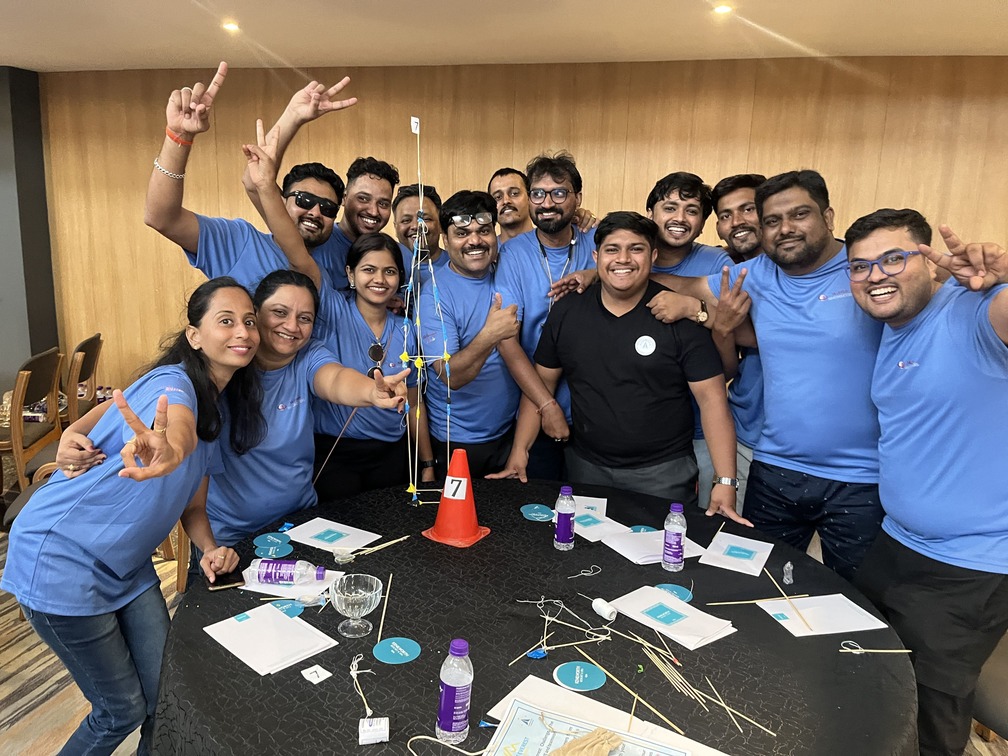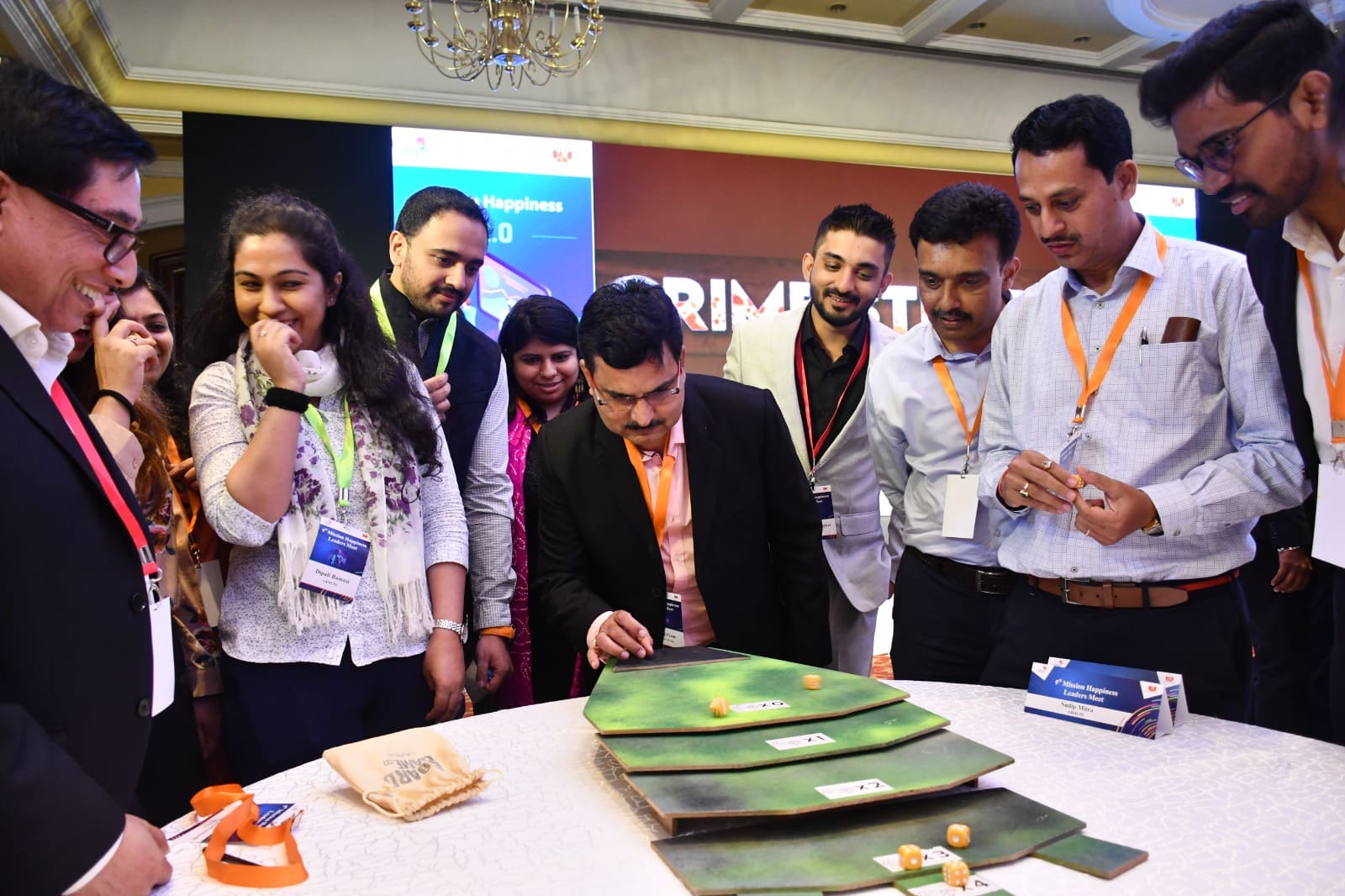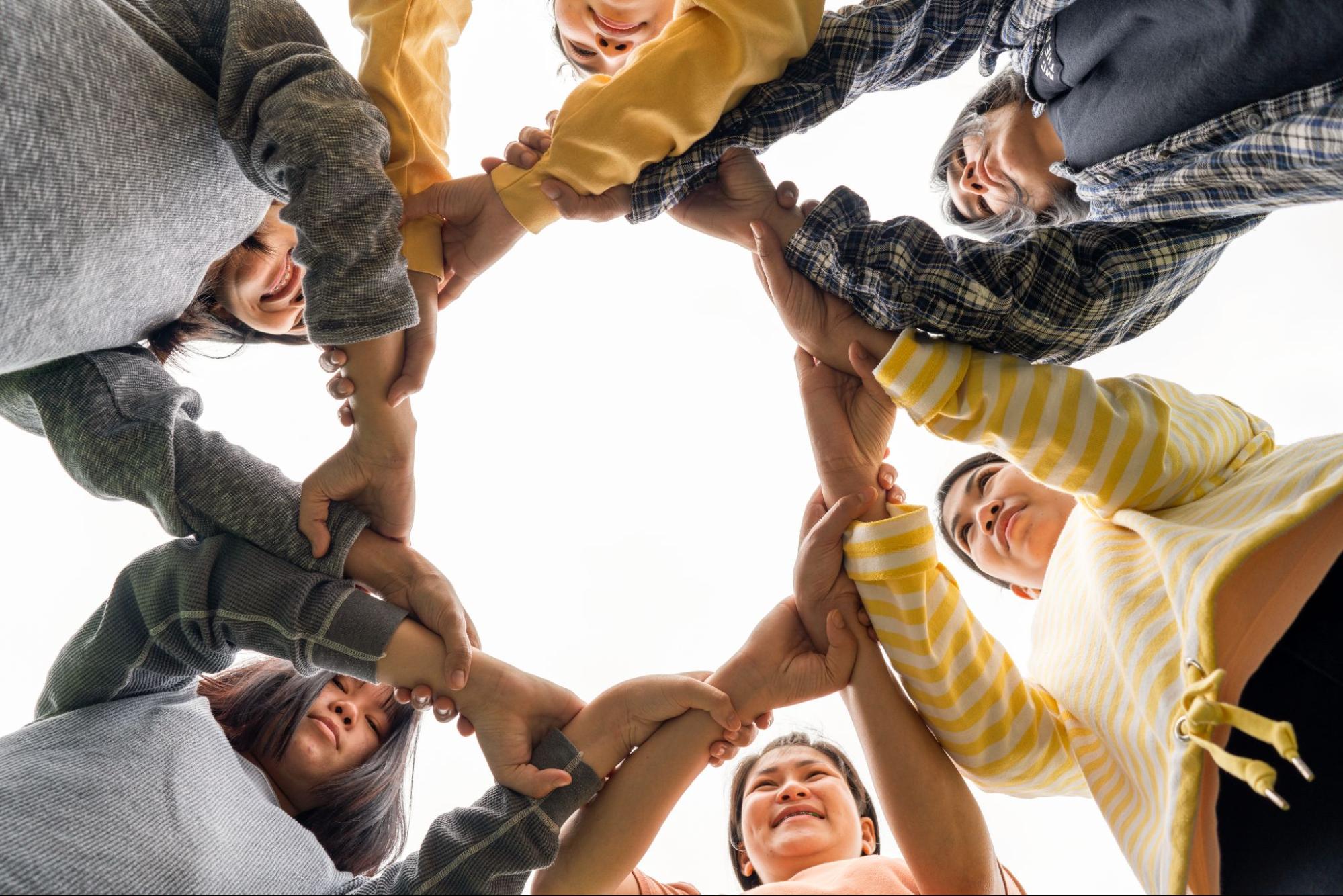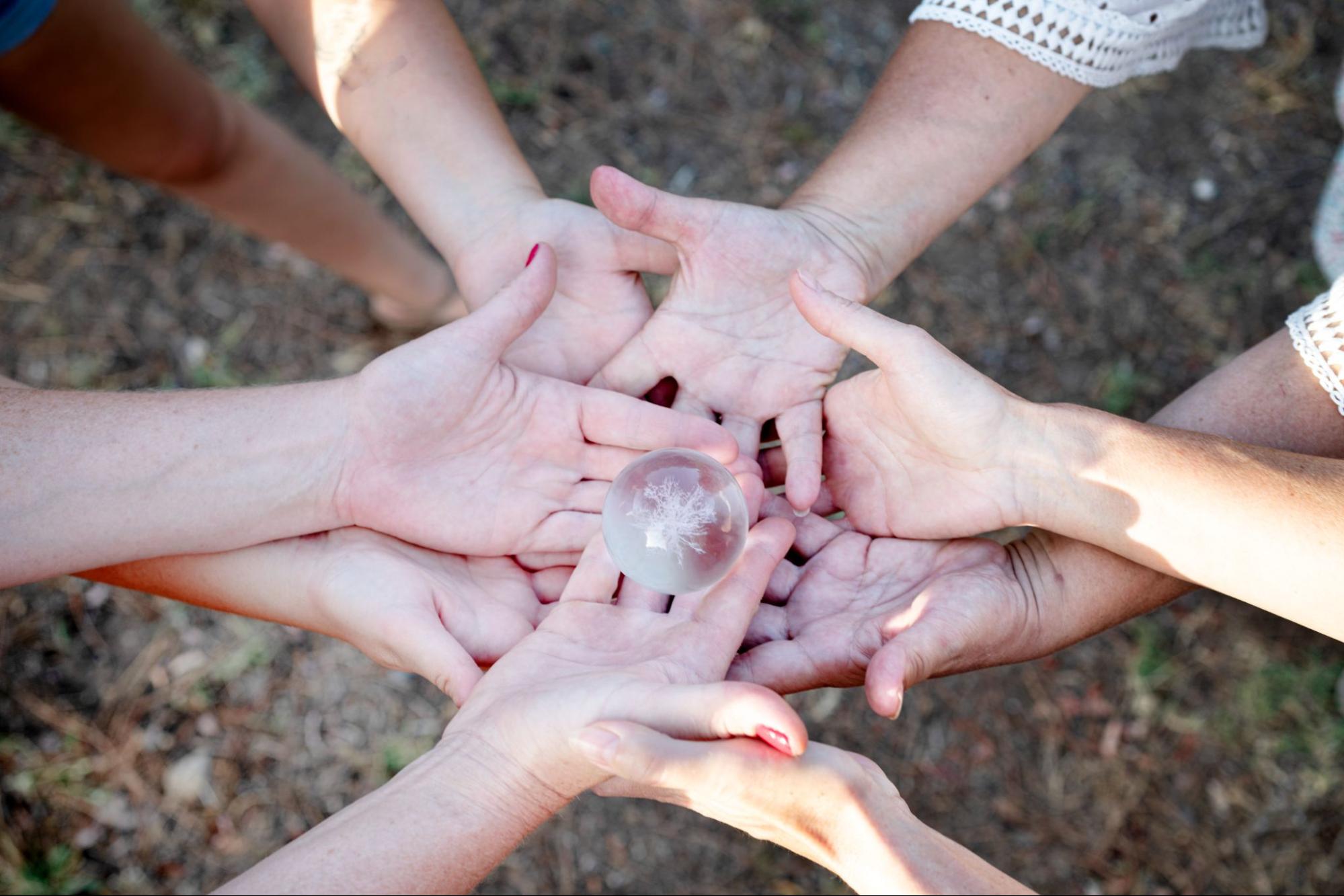
In today’s day and age. In the corporate world, the strength of a company lies not just in its products, services, or technology that it offers, but in the people who make it all happen. A high-performing team doesn’t emerge by accident; it is the result of strategic efforts to cultivate collaboration, communication, and trust.
Corporate team building shouldn’t be treated as a luxury because today it’s a necessity. Organizations that invest in fostering a collaborative and trusting work environment reap the rewards in the form of improved productivity, higher employee satisfaction, and increased innovation, and one of the most effective ways to achieve this is through well-designed team-building activities.
This blog discusses some of the best team-building activities for corporates that help understand the importance of collaboration and trust in the workplace, exploring team-building activities for corporate events that have been proven to foster these essential elements. Whether you’re a manager, HR professional, or a team leader, this guide will help you implement powerful activities that create stronger, more cohesive teams.
Team-building activities serve as structured opportunities for employees to interact outside the confines of their regular work roles. These experiences encourage open communication, reduce hierarchies, and help individuals see each other as teammates rather than just coworkers.
But not all team-building activities are created equal. To truly foster collaboration and trust, they must:
Now let’s explore some activities that help you check these boxes.

This intense survival simulation immerses teams in the harsh environment of scaling Mount Everest, the highest mountain peak on Earth. Participants must strategize how to use limited resources, manage time carefully, and communicate effectively to survive and “reach the summit.”
Teams face multiple high-pressure tasks that mimic real expedition challenges: navigating treacherous terrain, rationing supplies, and maintaining morale under extreme fatigue and weather conditions. They must coordinate their efforts closely to balance risk with safety, constantly adapting to evolving circumstances.
Collaboration and Trust: The Mount Everest Challenge helps participants to rely on each other’s strengths and judgments. Since mistakes can have severe consequences, trust becomes essential; team members must believe that their colleagues are competent, communicative, and committed. The shared experience of overcoming adversity together builds profound bonds.
In this workshop, teams assume the role of ambitious citizens in a wealthy kingdom aiming to join an elite “Alpha Team” by completing tasks that generate monetary returns. However, limited initial funds mean teams must carefully choose which tasks to invest in, based on their unique capabilities.
Each team is given a fixed budget and a portfolio of potential tasks with varying difficulty and rewards. Because teams can’t afford to attempt everything, they must analyze their strengths, estimate potential returns, and negotiate internally to allocate resources strategically.
Collaboration and Trust: Million Dollar Challenge teaches the importance of transparent communication and collective planning. Teams must trust that each member’s input is valuable and that proposed strategies serve the group’s best interests. The final reveal of an alternative, more efficient approach fosters humility and encourages reflection on decision-making processes.

One Vision taps into creativity and big-picture thinking. Teams are assigned different parts of a larger image to paint, without seeing how their pieces fit into the whole until assembly. Often, the final image represents the company’s mission or core values.
Small groups work independently on their assigned sections, carefully choosing colors, patterns, and details. Once completed, all parts are combined to reveal the final artwork. Teams then discuss how their contributions created the cohesive vision.
Collaboration and Trust: This exercise highlights the danger of tunnel vision. Initially focused on their segments, participants realize that collaboration and alignment with other groups are necessary for success. One Vision encourages teams to share information, synchronize efforts, and trust that others are equally invested in the collective outcome.
Teams act as explorers in search of treasure in ancient Mayan temples. Along the way, they encounter risks, must make crucial choices, and negotiate with other teams to survive and maximize their haul.
As teams progress through the simulation, they face obstacles such as traps or limited resources. Success depends not only on internal teamwork but also on forming strategic alliances or trade agreements with competing groups. Risk assessment and quick, collaborative decision-making are essential.
Collaboration and Trust: Gold Rush demonstrates how cooperation, even with competitors, can create win-win scenarios. Trust is earned by fulfilling agreements and communicating openly, while teams learn to balance self-interest with the benefits of mutual support. This activity cultivates both internal team cohesion and inter-team diplomacy.

This innovative Next Big Board Game workshop invites teams to design and build a fully functional board game from scratch, guided by a client’s brief. It challenges creativity, strategic planning, and teamwork in an interactive format.
Each team receives materials to build the board and a set of instructions. Through brainstorming sessions, participants define game themes, rules, and objectives. They then prototype their board and components, testing mechanics to ensure playability. Finally, teams present their game to the entire group.
Collaboration and Trust: Creating a board game demands clear communication, idea-sharing, and consensus-building. Teams learn to value diverse perspectives and combine individual strengths. Trust develops as members rely on one another’s skills and support during iterative design and problem-solving.
It is a strategic simulation game that explores the tension between cooperation and competition. All the players are divided into teams and, in each round, they must secretly choose to either cooperate for the group’s benefit or betray for personal gain.
All choices are revealed simultaneously at the end of each round, and scores are calculated based on a system that rewards mutual trust and cooperation, and lower scores if your team members choose betrayal. Communication is limited or forbidden, so teams must rely on observing patterns and predicting opponents’ moves. A live scoreboard shows the evolving outcomes, increasing pressure each round. The game mirrors real-world dilemmas, highlighting how trust, strategy, and self-interest shape group outcomes.
Collaboration and Trust: This game makes the costs of broken trust tangible. Teams see how suspicion and self-interest undermine progress, while cooperation amplifies rewards. Post-game reflections explore communication barriers, incentives, and ethical decision-making, deepening mutual understanding.

Keystone is an exercise where participants stand in a tight circle, lean into the center, and gradually slide their feet back to create a balanced, stable structure held up by collective support.
Participants begin by touching shoulders and leaning forward, maintaining balance without moving their feet. Slowly, they slide their feet backward, relying on the group’s combined weight to keep them from falling. The group iterates until they achieve a fully balanced circle.
Collaboration and Trust: This exercise offers a vivid metaphor for interdependence. Each person’s balance relies on others, highlighting that no single member can succeed alone. Keystone encourages vulnerability, builds confidence, and promotes open communication about comfort levels and support strategies.
In this energetic challenge, a volunteer walks through a corridor formed by two lines of team members swinging their arms in chopping motions. The goal is to maintain a thrilling yet safe environment for the walker.
Two lines stand roughly two meters apart, facing each other, swinging arms up and down. The volunteer walks steadily through the “chopping corridor” while keeping eyes open and pace consistent. The group aims to create adrenaline without causing harm.
Collaboration and Trust: Slice & Dice builds trust by requiring precise coordination and care for individual safety. The walker must trust the team’s control, while the swinging members demonstrate responsibility and protection. The shared adrenaline rush creates lasting emotional bonds.

Participants stand in a circle with their eyes closed and their hands behind their backs. A small stone (“rock”) is secretly placed in one person’s open hand. Once the eyes open, the group observes silently to identify who holds the rock.
After the rock is placed, everyone opens their eyes and sits down with their hands visible. They observe each other for subtle cues. After a brief observation, individuals nominate who they think holds the rock. Wrong guesses lead to elimination, continuing until the rock holder is identified or only one remains.
Collaboration and Trust: This game builds trust by sharpening observation and intuition. It encourages subtle, non-verbal communication and helps teams recognize that trust isn’t always explicit. The silent nature fosters psychological safety and respect.
Levitation is an exercise where the group lifts a volunteer off the ground, rocking them gently while fully supporting their body weight.
A volunteer stands stiff in the center, arms crossed. On cue, the group leans the person backward, lifts them to shoulder height, and rocks them rhythmically before gently lowering them back down. Multiple volunteers can take turns.
Collaboration and Trust: Levitation is a profound demonstration of collective care and responsibility. The volunteer must fully trust the team to keep them safe, while the group learns to coordinate movements carefully. The physical connection deepens emotional bonds and reinforces the importance of mutual support.
The 10 activities described offer diverse paths to the same goal: creating stronger, more connected teams built on trust, communication, and collaboration. They take participants out of their everyday routines and place them in novel situations that require vulnerability, creativity, strategic thinking, and empathy.
What unites these exercises is the emphasis on shared experience. Trust isn’t built through lectures or memos; it grows in moments of mutual challenge, reliance, and celebration. When teams navigate uncertainty together, overcome obstacles, and appreciate each other’s unique contributions, they form bonds that endure.
Incorporating these thoughtfully designed team-building indoor and outdoor activities into corporate development not only boosts morale but also translates into tangible improvements in productivity, innovation, and workplace culture. They remind us that at the heart of every successful organization lies a team that trusts, supports, and grows with one another.
Looking for more ways to inspire your team?
Check out our previous blog on Top 30 Motivational Speakers in India Who Can Inspire Your Team — featuring dynamic speakers who can energize your corporate events and elevate team morale.